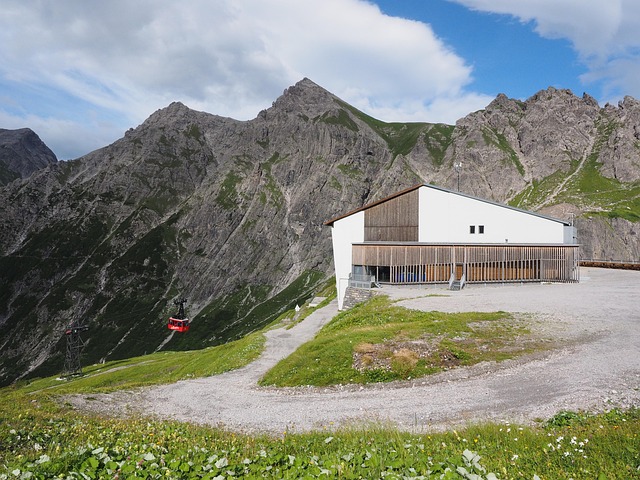Real estate practices worldwide vary greatly due to cultural and economic differences, shaping urban and rural landscapes. From communal land governance to individual property rights, these traditions influence investment strategies, urban development, and cultural preservation. The digital age has transformed cross-border commerce through online marketplaces, e-commerce platforms, advanced logistics technologies, secure digital payments, and global marketing, making international trade more accessible, efficient, and profitable while preserving ancient real estate design and cultural heritage.
“Unleash the vibrant tapestry of cross-border commerce, where traditions meet modern innovations! This article explores the global landscape of real estate practices, delving into how cultural heritage weaves its way into commercial success. From ancient trading routes to today’s digital marketplaces, we uncover the unique fusion of tradition and technology. Discover how diverse cultures shape international business, and explore the role of real estate in fostering cross-border connections, creating a symphony of global commerce.”
Unveiling Cross-Border Real Estate Traditions: A Global Perspective

In the realm of global commerce, cross-border real estate traditions have emerged as vibrant and diverse practices, reflecting the unique cultural and economic landscapes of different countries. These traditions go beyond mere property transactions; they are often steeped in history and shape the urban and rural landscapes worldwide. From ancient land tenure systems to modern international investment trends, the real estate sector plays a pivotal role in facilitating cross-border interactions.
Around the globe, various cultures have developed distinct ways of owning, managing, and exchanging land. Some countries uphold traditional practices where communities collectively hold and govern land, fostering a strong sense of local identity. Conversely, other nations have embraced more Westernized models, emphasizing individual property rights and free market economies. These differing approaches create a fascinating global tapestry, influencing investment strategies, urban development, and cultural preservation.
The Cultural Fabric: How Heritage Shapes Commercial Practices

The cultural heritage of a region often threads itself into the very fabric of its commercial practices, creating vibrant cross-border traditions. In many places around the world, historical interactions and diverse communities have given rise to unique business models that reflect local values and customs. For instance, in border towns with rich cultural exchanges, you might find distinct trading patterns, such as specialized markets or festivals, that have been passed down through generations. These events not only foster economic growth but also serve as a celebration of the region’s heritage and identity.
In real estate, this cultural influence can be seen in the design and purpose of spaces. Traditional architecture often incorporates local craftsmanship and materials, reflecting historical trade routes and cultural exchanges. Today, these distinctive features attract both locals and tourists, contributing to the local economy and keeping ancient traditions alive. The interplay between heritage and commerce creates a vibrant cross-border scene where business thrives on the rich tapestry of shared history and diverse cultural practices.
Modern Innovations: Technology's Role in Shaping Borderless Commerce

In today’s digital era, technology has revolutionized cross-border commerce, breaking down traditional barriers and fostering a vibrant tapestry of global trade. Online marketplaces and e-commerce platforms have enabled businesses to transcend geographical boundaries, offering their products and services to an international audience. This shift has been further accelerated by innovations in supply chain management, where real estate no longer confines logistics; instead, advanced tracking systems, blockchain technology, and data analytics streamline processes, ensuring efficient movement of goods.
Through secure digital payment gateways, borderless commerce has become seamless, facilitating transactions across different currencies. Social media and digital marketing play a pivotal role too, allowing businesses to connect with customers worldwide, promote their brands, and create a global customer base. These modern innovations have undoubtedly transformed the landscape of international trade, making it more accessible, efficient, and lucrative than ever before.






